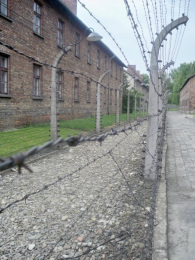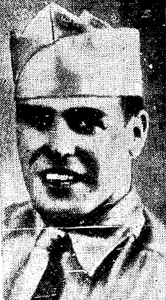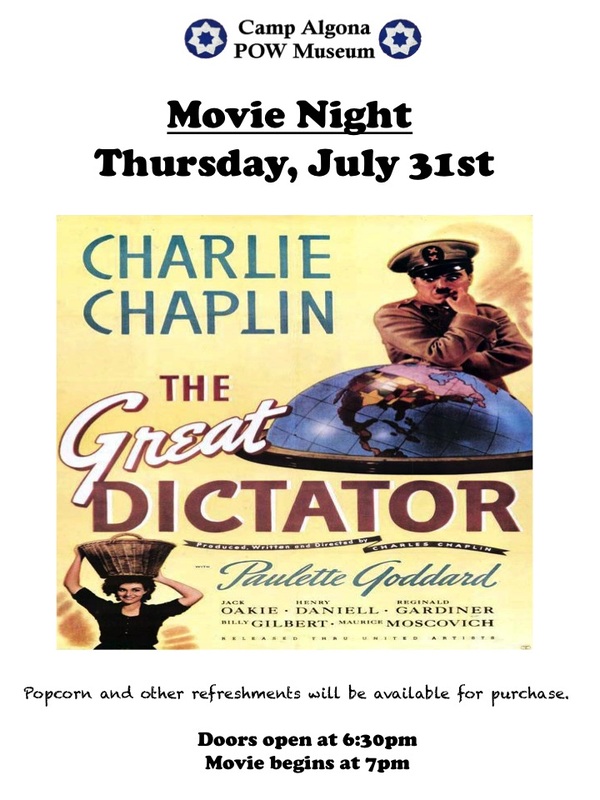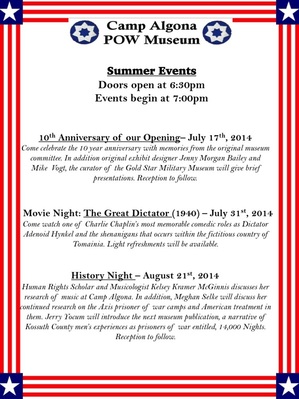The Allied Military Currency was created to simplify transactions-GIs and Allied soldiers could have money to spend while overseas. Recently historians, such as Mary Louise Roberts, have explored some of roles GIs played while abroad that have previously been overlooked or understated, such as their role as tourists and consumers abroad. Indeed, for many American GIs their time in the UK, France, Germany, Japan, and the Philippines was their first time abroad. Once the fighting was over and occupation began, GIs spent some of their free time as many tourists would-buying trinkets to show relatives and friends at home, viewing the Eifel Tower etc. While doing so, they not only helped the local economy, but also interacted with the local people and represented America abroad.
The stories told at the Camp Algona POW museum have a similar feel. Just as many haven't considered viewing GIs as acting akin to tourists while abroad, many who visit the museum had no idea that there were prisoners of war in the United States. When visitors discover there were 150 base camps spread across the US, which processed nearly 400,000 prisoners of war, they often can't believe the system was so expansive. It just goes to show there is still so much to learn and discover about World War II. Can you think of another such topic that you feel hasn't been studied that deserves to be?







 RSS Feed
RSS Feed
